For all that it’s worth, it is amazing to me how far animation has come in terms of the entertainment world. If you look at something like game graphics, they have developed so much that you can easily pick up on remastered versions and see the difference from just 5 years ago. And yet, in an industry so focused on 3D graphics and furthering more ‘realistic’ CGI (Computer-Generated Imagery), anime is the one medium that stands proud in its 2D stylistic glory.
One of the reasons anime has persisted to be made solely in a 2D art format is because Japan genuinely prefers it that way. They like how distinct it looks when compared to Western animated works. The way anime is created is much more like a movie being shot, which has then been painted over. This unique technique is what gives anime its characteristic perspective, setting it apart from other animation work.
With companies like Pixar and Disney heading the forefront of animated content, the 3D format and design have become the standard for most movies and shows. And of course, it has its place. When movies like Tangled and the ilk came out, we saw just how advanced VFX had gotten to emulate each hair strand beautifully, flowing like it was caught in real air and not computer-generated movements. And then you also had movies like Peter Rabbit, which bring the normal day-to-day things to life.
But the thing is, bigger and more ‘life-like’ animation doesn’t mean it’s automatically better animation. There’s a reason why anime has only risen in the digital age despite not conforming to the 3D ideals. It’s bigger than ever now, dominating the box office and competing with mainstream releases. But why is anime so adamant in its admittedly less intense 2D format versus the 3D blockbusters? Let’s discuss.
Table of Contents
Japan Is A Stickler For What It Likes
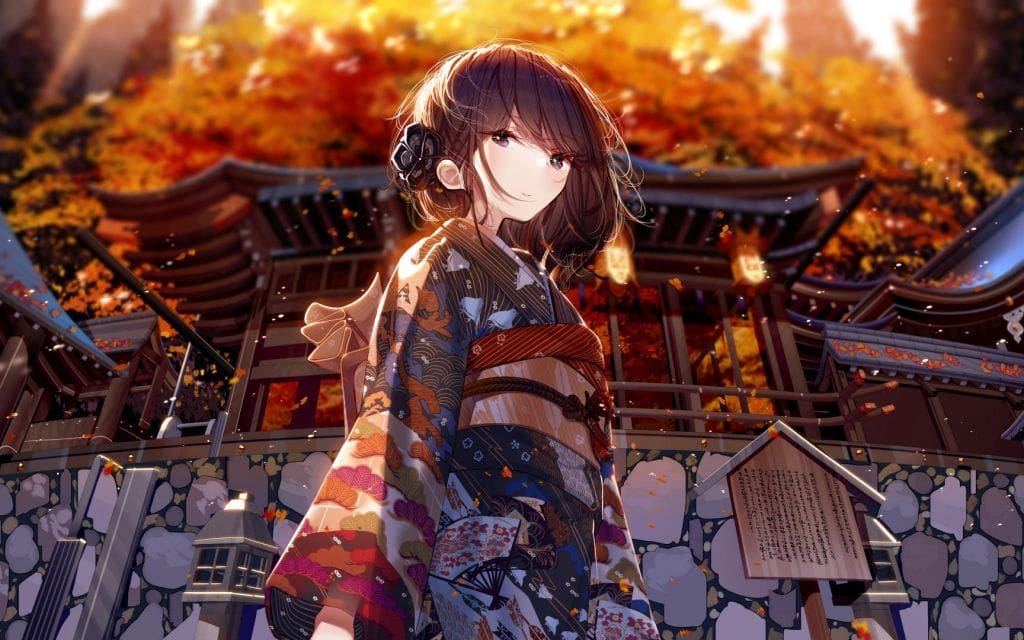
With how anime has gone on to become a global phenomenon, it’s easy to forget that it is meant more to the local Japanese audience. Because, you know, that’s where it originates from. That’s their main target audience and said audience has always proven to flock towards 2D anime releases over 3D Western ones.
And it’s easy to see why it works. Something is calming about tradition, and historically anime has always been in 2D format. Its quirks, its gags, the very thing that makes it anime, they wouldn’t work in any other medium. Its stories are something understood by the audience that lives in the society it’s trying to portray, that shared experience would fall flat if animated in 3D.
To keep their profits, of course, they would cater to the local audience and their preferences. Most of the money that the anime industry generates is from the Japanese audience through the sale of related merchandise. So, ignoring what the paying customer wants wouldn’t exactly be a wise choice.
Money Matters: More 2D Means Less Resources Used!
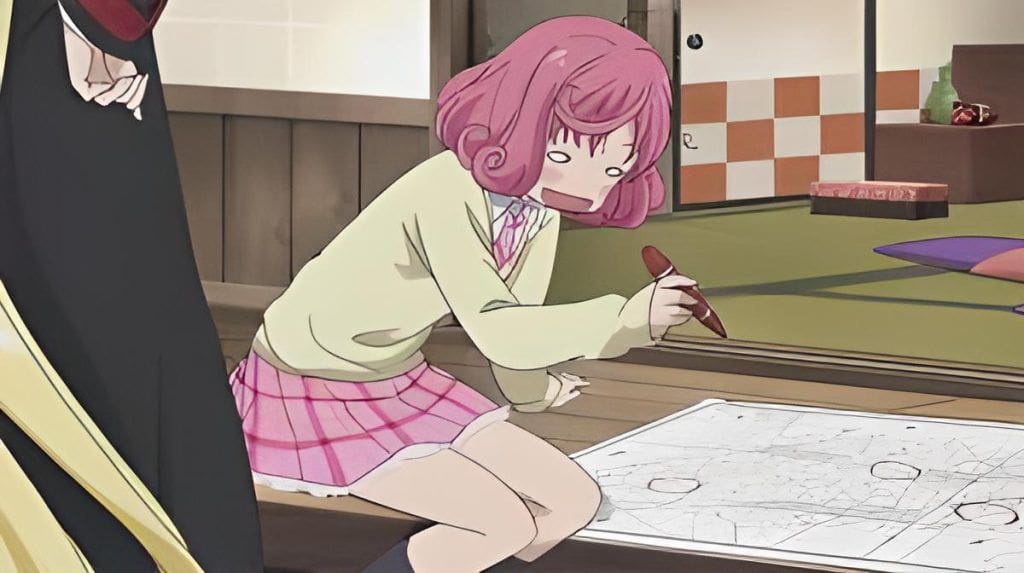
Now, this sounds cheap, but in the end, anime is a business as well. Just like any other business, the anime industry wants to maximize profits. And with how high pressure the environment is, they can’t do that if they push their limited resources into an experimental format that’s also expensive to produce.
In a system where new anime are being released left and right during designated seasons, it gets expensive to produce consistently good content. And 3D animation takes way too long to compete with that kind of strict scheduling. It’s why a bunch of merged animations, like high-budget anime with CGI mixed in, take so long to create.
2D animation is much more accessible. It’s easier to budget around. It’s something that will be received well guaranteed. 2D anime is low-risk, high payout, and 3D is just too much of a risk to try attempting. I mean, why try fixing a system that isn’t broke, right?
Iconic Imagery: Anime Wouldn’t Be Anime Without 2D
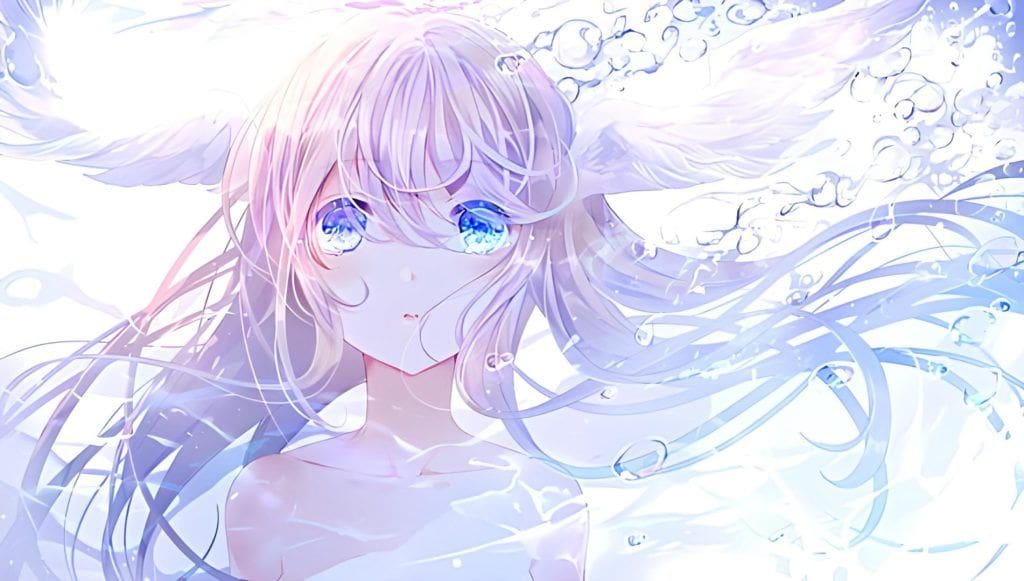
And really, this is what it all boils down to. Sure, we’ve had attempts at 3D anime, but they are so jarring and clunky, that they don’t appeal in the slightest. It just doesn’t work well enough, especially if the entire production is in that same style. Are there cases where the two merge to create something better? Of course. Evangelion Rebuilds was a refreshing take on how far we can push the boundaries of anime. But it isn’t the norm.
A lot of fight sequences now incorporate CGI to add more dimension to them. It looks so much more dynamic than flat imagery. But I’d still argue that it can’t take the place of 2D art, where the frames per second rate are lesser for a reason. That stop-gap between frames adds so much tension and nuance to certain scenes in anime that I don’t think 3D could truly ever emulate properly.
In the end, 2D anime persists in the global pop culture conscious. And it will continue to do so for a long, long time.












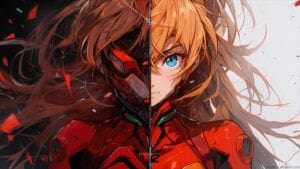

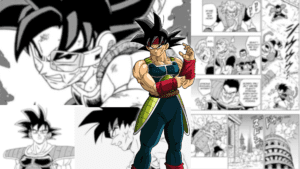
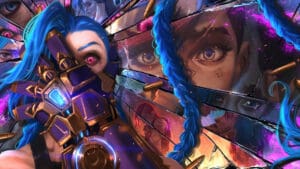
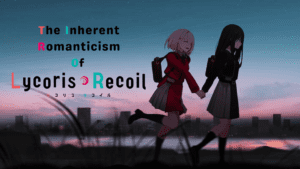
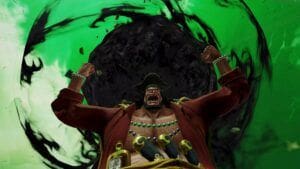
What do you think?
It is nice to know your opinion. Leave a comment.